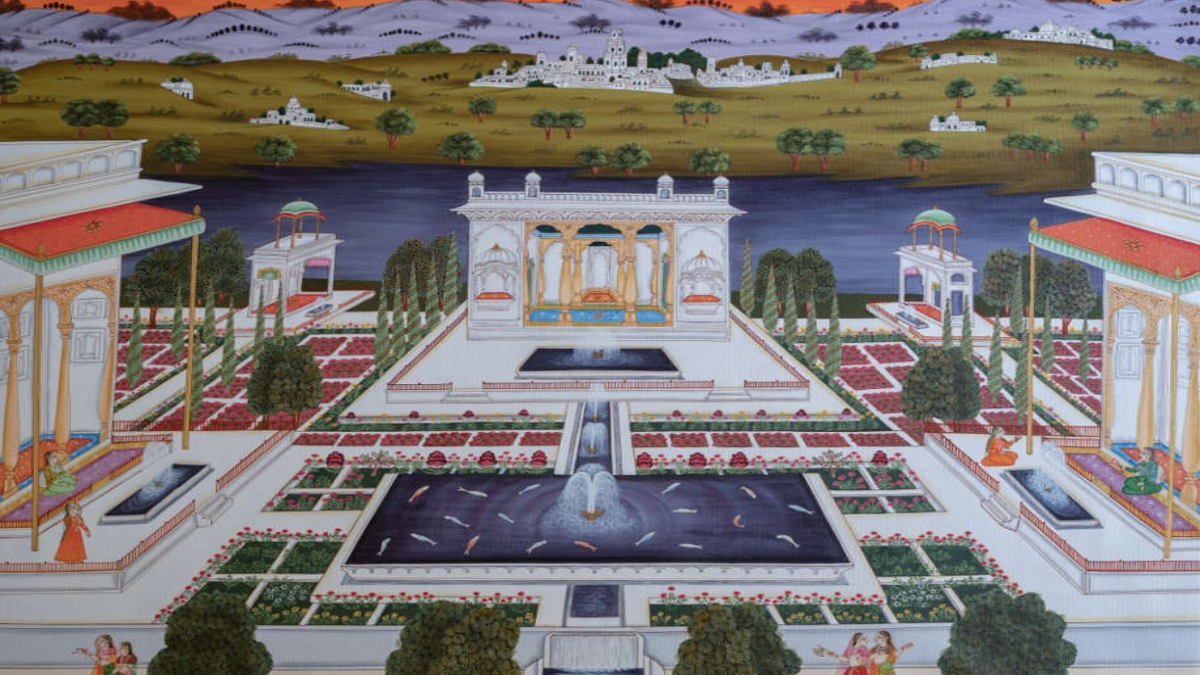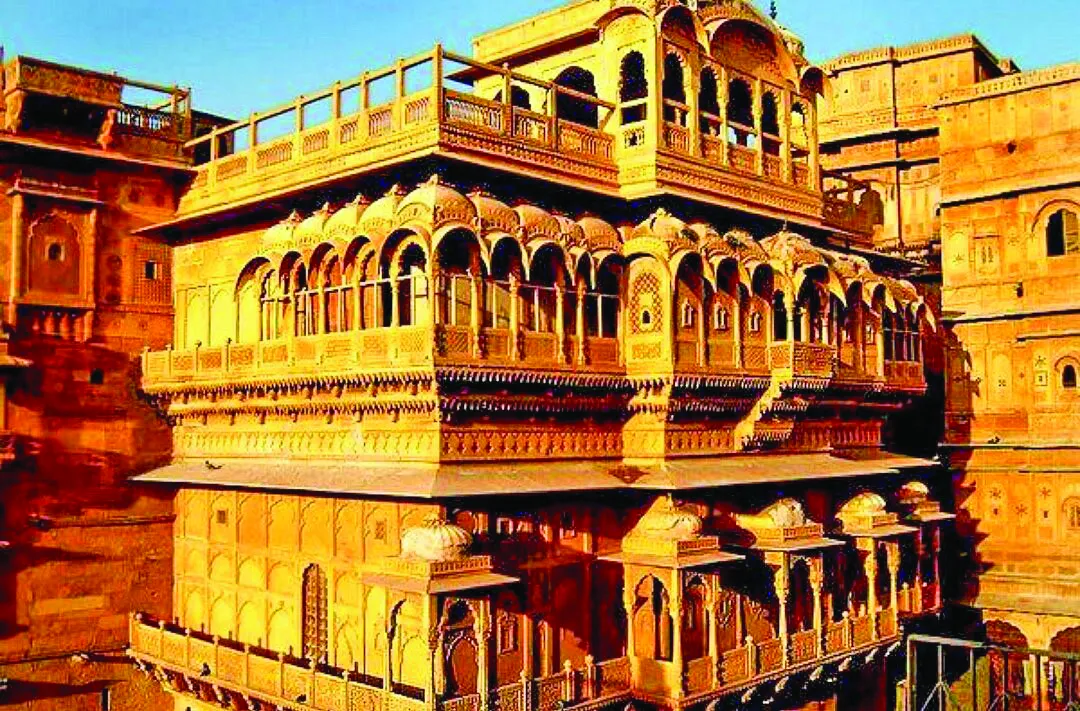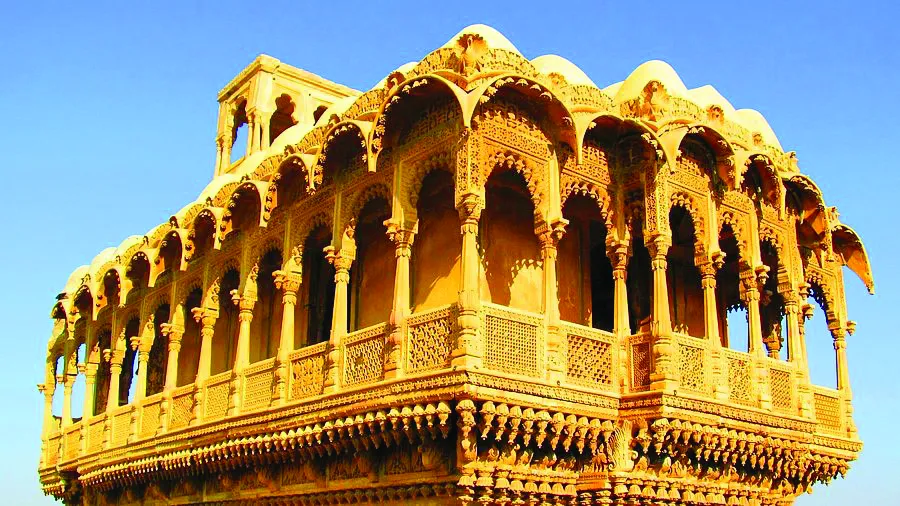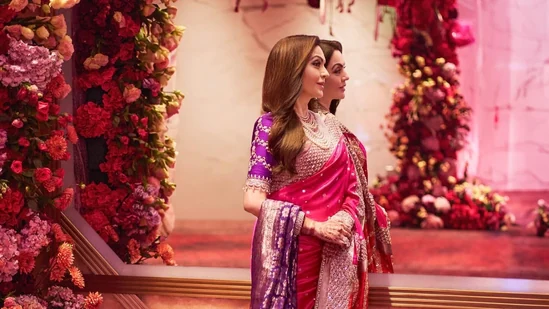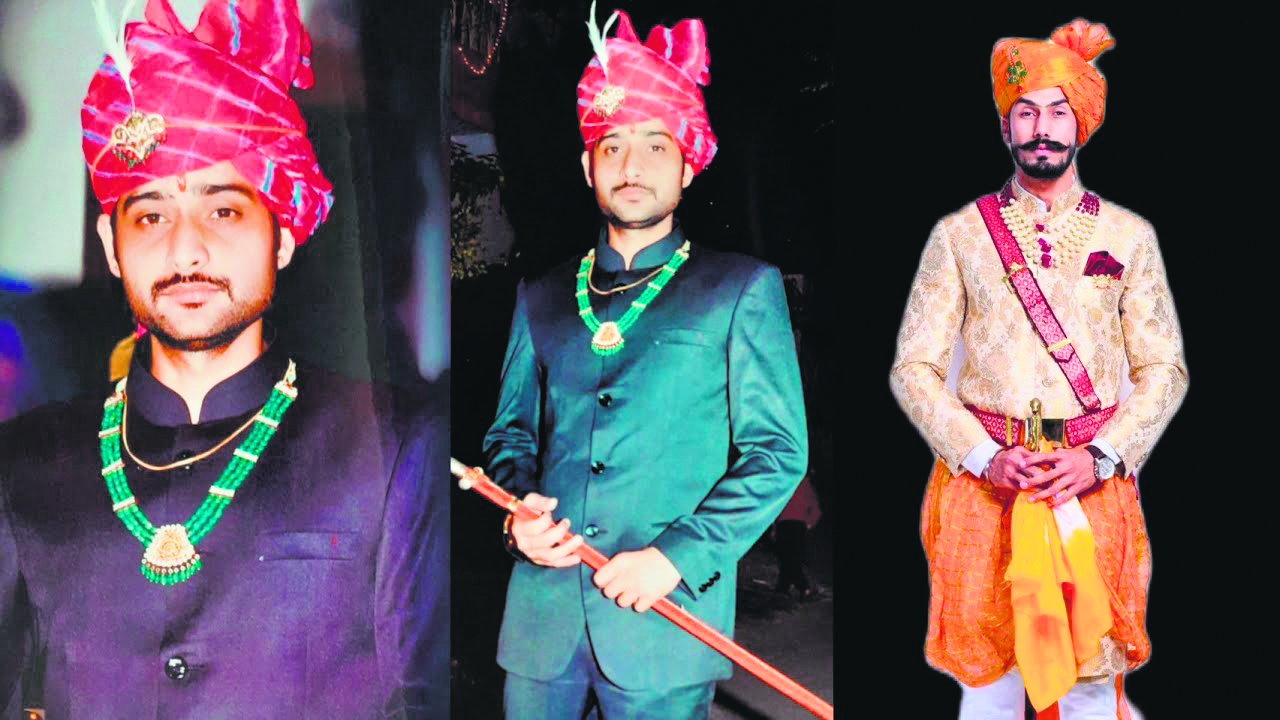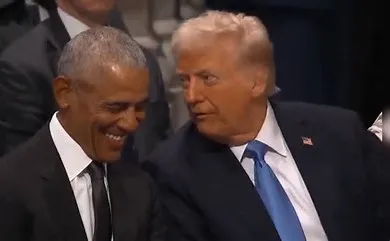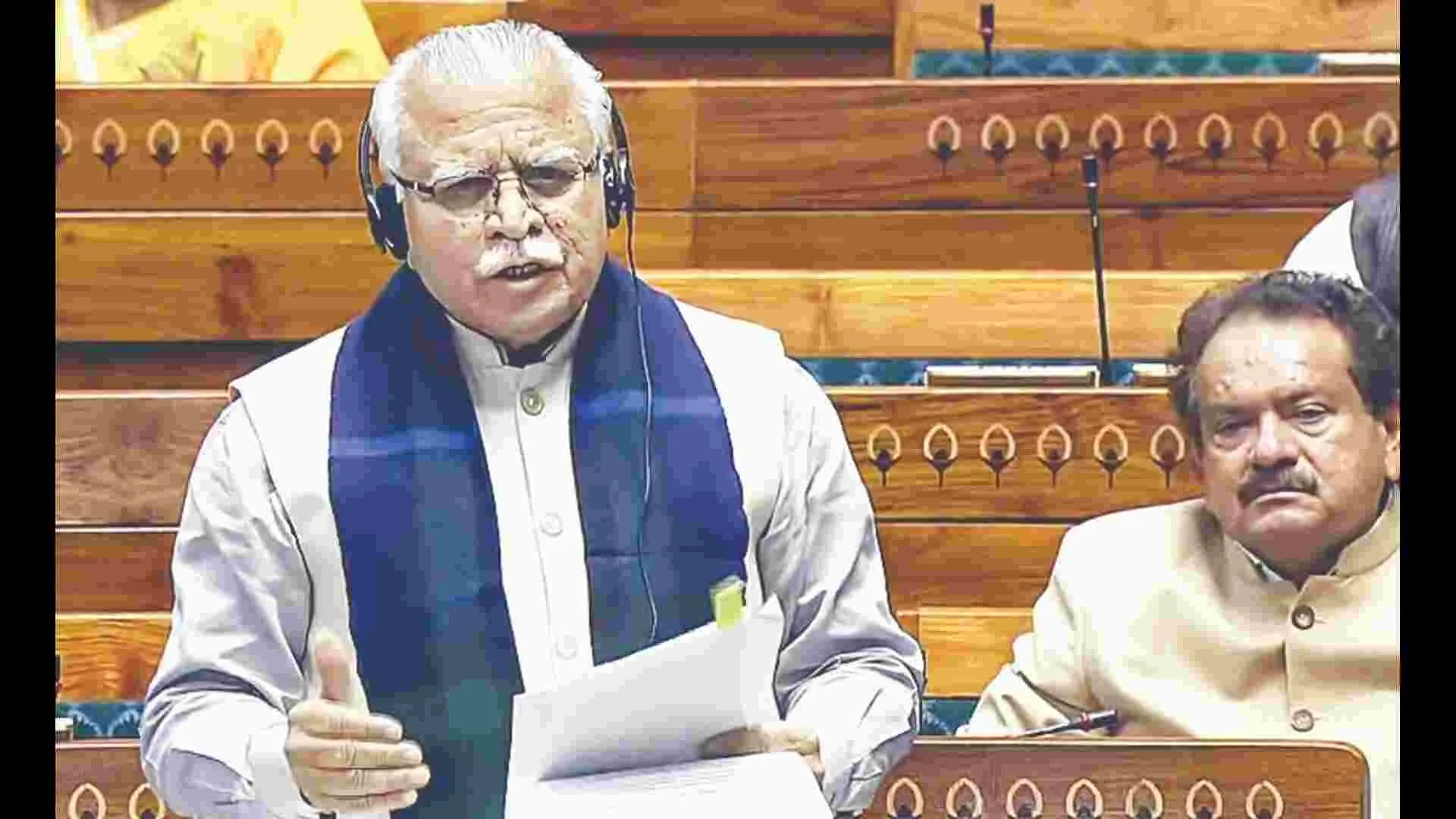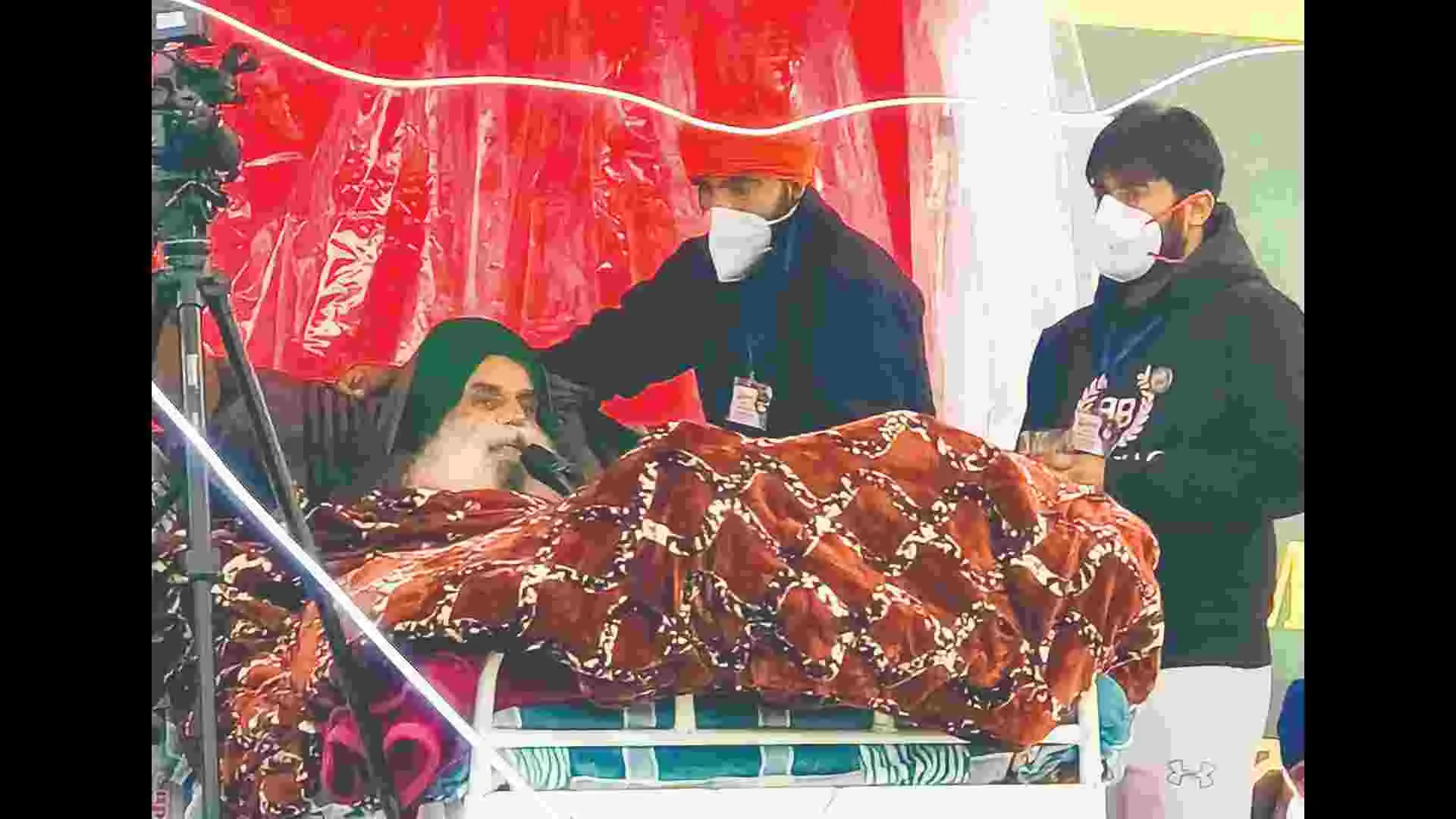Princess Vaishnavi Kumari of Kishangarh presents The Path of Grace, a solo art exhibition, created in Studio Kishangarh by artists who have had this vocation in their families for generations. Held between 28th April to 5th May, the show will present art inspired by the Kishangarh School of Miniature Painting founded by the royal family nearly 350 years ago. Followers of Pushti Marg or the Path of Grace engrossed themselves in the teaching of Vallabhacharaya and Krishna Bhakti. This influenced the culture and daily lives of the rulers and people of Kishangarh which led to an art form that today is considered iconic.

Princess Vaishnavi Kumari of Kishangarh.

Studio Kishangarh Artwork of Shrinath Ji.

Studio Kishangarh artwork Picchwai painting of Shrinath Ji.

Studio Kishangarh artwork.
Shares Vaishnavi, “For me, art is all about preserving heritage and continuation, Studio Kishangarh is an amalgamation of old aesthetics and techniques with new materials and concepts. Housed in the Kishangarh fort, it aims to preserve miniature painting by giving employment to local artists and artisans. The focus in the past decade has been to develop the Studio Kishangarh style. This unique art style uses miniature painting and Picchwai techniques in a modern way. These contemporary works often take inspiration from our family’s art collection, the architecture of the forts, palaces of Kishangarh, and even poetry written by my ancestors.”
The exhibition takes inspiration from living cultures of music and poetry capturing the elements of Vaishnavism. With art inspired by the Kishangarh miniature and Picchwais as the central narrative, the show also presents haveli sangeet. On view will be a short film that captures the architectural beauty of the Phool Mahal, built on the banks of Gundalao Lake, the pleasure garden in the midst of the lake and the majestic Kishangarh fort with its frescoes and imposing walls. An art installation that decodes a Picchwai, a craft pop-up to support the artisans of Kishangarh and calligraphic excerpts from Vaishnavi’s ancestor the poet prince Savant Singh or Nagari Das are the other highlights of the show.
This exhibition is listed as a parallel show to the India Art Fair. It formally opens on 29th April with a talk on the emergence of the school in the 18th Century by Maharaja Brajraj Singh, an authority on the subject.
An amalgamation of old aesthetics and techniques with new materials and concepts, the Studio Kishangarh school, developed over the last decade by Vaishnavi, creates modern adaptations of miniature paintings and Picchwai techniques. The eclectic art on display at the show are contemporary works that take inspiration from art in the royal collection, the architecture of the forts and palaces of Kishangarh and devotional poetry. Lord Krishna and the Kamdhenu cow emerge often as the pet theme of the artists.
Situated at the heart of Rajasthan, the Rajput kingdom of Kishangarh founded in 1611, has a rich and cultured past. Its rulers were great patrons of art, music and literature. Vaishnavi, its present-day scion, a SOAS graduate, set up Studio Kishangarh in 2010 in an effort to inject new patronage into the traditional art form of miniature paintings. With her training in design and art history as well as maintaining the royal family’s tradition of supporting cultural fields such as art, music and literature, she endeavours to bring Kishangarh art to a global audience. Housed within the family held Kishangarh fort, it aims to preserve miniature painting by giving employment to local artists and artisans.
The Kishangarh School was founded 350 years ago. Influenced deeply steeped by Radha Krishna bhakti and the splendour of the natural beauty around the environs of Kishangarh, the art has a uniquely ethereal almost mystical quality. In fact, miniature paintings produced under the guidance of Raja Savant Singh by artists like Nihal Chand are hailed as Indian masterpieces. One just has to just look at the Radha Kishangarh, famously known as the Mona Lisa of India, to see the synthesis of great thought, patronage and artistic brilliance.
An art installation that decodes a Picchwai, a craft pop-up to support the artisans of Kishangarh and calligraphic excerpts from Vaishnavi’s ancestor, the poet prince Savant Singh or Nagari Das are the other highlights of the show.

